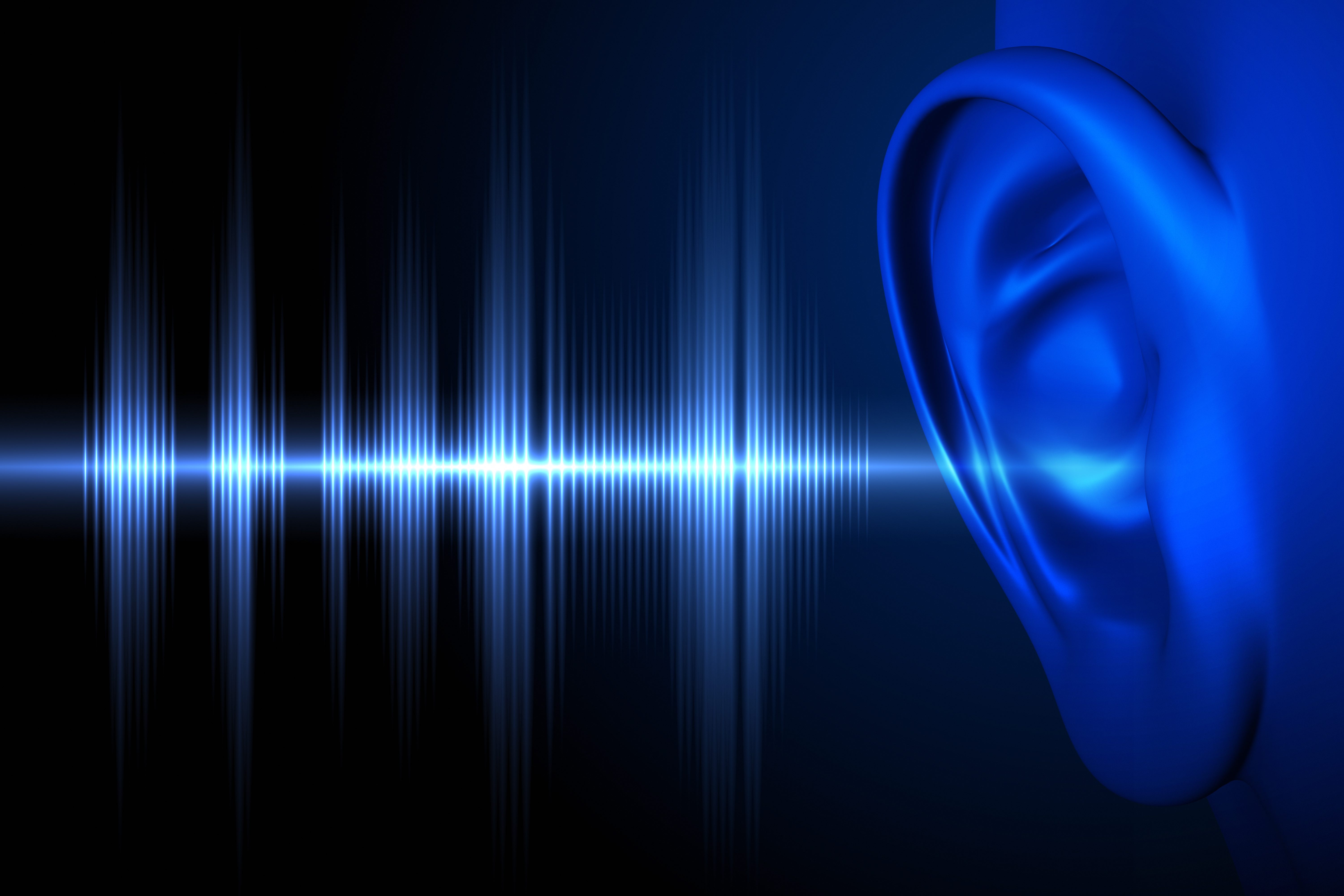ADVANCED BONE-CONDUCTION COMMUNICATION
BONE-CONDUCTION TECHNOLOGY BEYOND HEARING AID
-Elucidating the perceptual mechanisms of ultrasonic bone conduction and cartilage conduction with a view to new device development
Research Keywords: Bone Conduction, Hearing Aid, Biomedical Engineering
 iStock.com
iStock.comAgainst the background of the aging society and diversifying lifestyles, there is a growing need for a broader range of options in hearing aids and audio devices. Among the various technologies used for hearing aids, bone conduction has mainly been used for compensating conductive hearing loss caused by middle or outer ear disorders. In recent years, the incidental benefits of bone conduction technology, such as benefits in speech perception under noisy conditions, less sound leakage, and usability in water, have come to attract attention. However, the perceptual mechanism of bone conduction is complicated and has yet to be fully understood.
“The sound we usually hear through our earholes is called air conduction. While there is only one pathway for air conduction,there are at least four pathways available for bone conduction,” says Seiji Nakagawa. “The perceptions of bone-conducted sound largely changes according to frequency and location, and at times differ largely from the sound perceptions by air conduction.” Nakagawa and his team are working to elucidate auditory perceptual mechanisms with a focus on ground-breaking bone conduction phenomena, including ultrasonic bone conduction and cartilage conduction, and try to apply them to hearing aids and smartphones.
PERCEPTUAL MECHANISMS AND DEVICE DEVELOPMENT
Bone-conducted ultrasonic waves can be perceived as a sound even by severely hearing-impaired people who cannot hear even with the use of a conventional hearing aid. Prototype testing of an ultrasonic bone conduction hearing device showed that, with the use of this device, about half of severely hearing-impaired persons were able to perceive verbal sounds, and around 30% were able to identify the words being spoken.The cartilage conduction is technology in which the vibrator is attached to the pinna cartilage, and now it is applied to hearing aids for patients with atresia of the ear canal and also to speakerless smartphones.
The cartilage conduction and the ultrasonic bone conduction are both ground-breaking approaches. There are still some challenges before applying them to practical products for widespread use: improvement of sound transmission performance, wearability and comfort of use, and development of industry standards and hearing-related safety standards. Fundamental understanding of the perceptual mechanisms is essential to solving these challenges.
“Research on ultrasonic bone conduction and cartilage conduction have just begun, and most of their perceptual mechanisms are still unknown. For example, the mechanisms of how the bone-conducted ultrasonic waves are propagated and easily perceived are unclear when the vibrator is attached to the neck, chest, or even the upper arm. Most of the technical challenges of bone conduction cannot be solved without understanding the perceptual characteristics and propagation process of bone conduction.”
Nakagawa believes that if he advances bone conduction technology based on a deep understanding of such mechanisms, it opens up possibilities for new applications.
“For example, we are now going to develop bone conduction headphones and microphones that can be used even under severely noisy conditions, and an earphone for infants who often resist the use of conventional earphones or headphones. Furthermore, bone conduction is also suitable as an interface for smart glasses, which people think to be the next-generation information terminal.”
“Chiba University has many faculty members with expertise and knowledge in human interface technology and acoustic signal processing. We can develop new devices by bringing those strengths together for projects centered on bone conduction technology. We also have collaborative partnerships with businesses in Japan and abroad and hope to achieve innovation by pursuing fundamental research for mechanism elucidation as well as the development of practical applications,” says Nakagawa.
(CHIBA RESEARCH 2020)Members
Principal Investigator
| Name | Title, Affiliation | Research Themes |
|---|---|---|
| NAKAGAWA Seiji | Professor, Center for Frontier Medical Engineering | Biomedical Engineering |
Co-Investigatior
| Name | Title, Affiliation | Research Themes |
|---|---|---|
| KUROIWA Shingo | Professor, Graduate School of Engineering | Speech language Processing |
| SHIMOMURA Yoshihiro | Professor, Graduate School of Engineering | Human Engineering |
| HORIUCHI Yasuo | Associate Professor, Graduate School of Engineering | Artifical intelligence, Humaninterfase |
| ISHIBASHI Keita | Associate Professor, Graduate School of Engineering | Psysiological Anthropology, Human engineering |
| OTSUKA Sho | Assistant Professor, Center for Frontier Medical Engineering | Hearing Science, Mecanical Engineering |
| ZENBUTSU Satoki | Technical Officer, Center for Frontier Medical Engineering | Medical Image Processing, Development Software |
| SEKINE Masashi | Technical Officer, Center for Frontier Medical Engineering | Mecanical Design, Robotics and Mechatonics |
